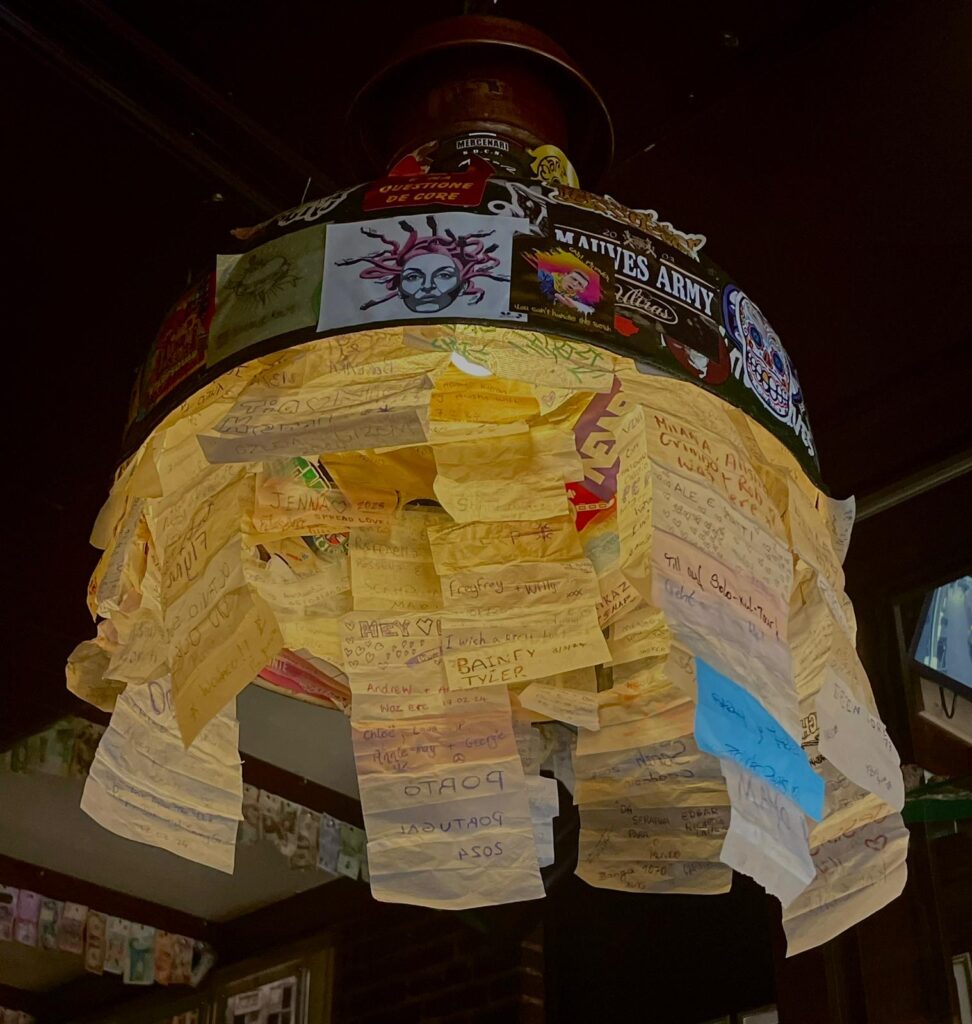
The upcoming blog revolves around drug tourism, specifically our findings during the ethnographic research process.
This includes reflecting on the urban tours we went on, as well as my own experiences whilst visiting coffeeshops.

(Humphries, 2024)
Urban Tour
One tour we went on was a ‘Red Light District & Coffeeshop Tour’. This tour primarily focused on the Red-Light District, which as a result inspired me to write a blog about sex-tourism (click here), due to it being so intertwined with drug-tourism as they both majorly contribute to Amsterdam’s over-tourism. Therefore, the tour predominately focusing on the sex-work industry ended up being a positive aspect, especially since urban tours can often shed light on a topic the researcher might not have initially been interested in (Wynn, 2010). Despite not speaking about coffeeshops or Amsterdam’s relaxed drug policies, the tour still proved to be insightful. This was because at the start of the tour we told the guide (local) about our research project, which he was instantly intrigued by. As a result, he was willing to answer our questions on drug tourism, providing us with extremely useful data on our topic, particularly since he emphasised that a large portion of disrespectful behaviour was from drunk tourists rather than those who smoked.
(Reyes, 2024)
One of the various places we visited was the Cannabis Museum. It was a bit disappointing as we expected to gather more information on cannabis and its history. However, it still provided us with some useful information. For example, it highlighted the fact that the Netherlands were one of the first countries to decriminalise cannabis after it became tremendously popular.
Coffeeshops
When exploring published literature and media articles, it was heavily portrayed that the Netherlands have a ‘tradition of tolerance’ towards the use of cannabis (Uitermark, 2004). Thus, alongside going on urban tours we also visited a number of coffeeshops as part of our research. This enabled us to witness first-hand just how popular these places are with locals and tourists and whether or not there truly is a ‘tradition of tolerance’. An intriguing feature about the coffeeshops we entered was the fact that each place had a different vibe to it. For instance, we went to the ‘The Bulldog’ (first coffeeshop to open in Amsterdam), which had quite a touristy vibe to it that the other coffeeshops did not have. In contrast, one of the venues we visited had a similar vibe to a shisha lounge. Another surprising characteristic about the coffeeshops we visited aside from ‘The Bulldog’, was the wide variety of people who came in and out. There were individuals from different races and ages constantly coming in and out, with majority of them being locals whereas in contrast I expected every coffeeshop to be a tourist hotspot.
References
Humphries, K. (2024). Personal Photo.
Marisa Crane, B.S. (2024) American Addiction Centers. Drug Scheduling & Classifications (List of Schedule I-V Controlled Drugs). [Online] available at: https://americanaddictioncenters.org/prescription-drugs/classifications [Cover Photo]
Reyes, J. (2024). Personal Photo.
Uitermark, J. (2004) The origins and future of the Dutch approach towards drugs. Journal of Drug Issues, 34(3), pp.511-532.
Wynn, J.R., 2010. City tour guides: Urban alchemists at work. City & Community, 9(2), pp.145-164.

Amsterdam Fieldwork Methodology

